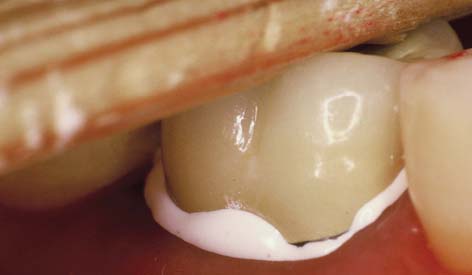Dental caries is an endemic disease in children. It is caused by a bacterial infection. The causative bacteria are known as Streptococcus Mutans and Lactobacilli.
Although the dental caries is caused by bacteria, the initiation and progression of dental caries depend on several factors. The less the risk factors present, the less are the chances of dental caries development in your child’s tooth.
I shall discuss those factors for you so that you can understand the developmental process of dental caries and take appropriate measures to prevent developing it in your son’s or daughter’s mouth. Broadly, we can categorize a child belonging to either high risk or low risk category. The children of high-risk category have higher chances of developing dental caries compared to those of lower category.
The factors that determine the risk category of a person are as follows:
- Social factors
- General Health Factors
- Dietary factors
- Preventive Factors
- Plaque factors
- Salivary factors
- Clinical factors
1. Social Factors
A socially deprived or isolated child with frequent snacking habit, irregular dental visits, siblings having dental caries, with parents having little knowledge of dental disease, will be at higher risk of developing dental caries compared to the child who is not having the above-mentioned factors. You should always try to remove and maintain these factors at low level to keep your child in low category.
2. General Health Factors
If your child is medically compromised, disabled, having xerostomia or on long term cariogenic medicine, s/he is at higher risk of developing caries. The lesser number of factors present with your child, the risk of developing dental caries is less. If your child is having any of these factors, help him/her to remain in the low-risk category by visiting a dentist.
3. Dietary Factors
The most important factor is frequent intake of sugars. As the frequency of sugar increases, the risk goes up. So, encourage your child to reduce the frequency of sugar intake. For example, you can give him/her two chocolates/candy instead of one and encourage him/her to eat them all together. Afterwards, you can clean his/her teeth off of sticky chocolates/candy.
4. Preventive Factors- Uses of Fluoride/CPP-ACP
If your child is living in a non-fluoridated area, with no fluoride supplementation and using non-fluoridated toothpaste, s/he is at high risk. Living in an area supplied by fluoridated water, or using fluoride supplement or using a toothpaste containing fluoride decreases the risk of caries development.
The newly developed protective material Casein phosphopeptide-amorphous calcium phosphate (CPP-ACP), a milk derivative helps in remineralization of the carious lesion by replenishing lost minerals like calcium, phosphate ions into the tooth structure. Using a toothpaste containing CCP-ACP will remineralize the enamel of your child and make it more resistant to caries development.
5. Plaque Control Factors
If your child does infrequent or ineffective tooth brushing s/he is at higher risk. Teaching him or her regular and effective tooth brushing to remove plaque. This habit decreases the risk of developing tooth decay. If s/he cannot perform effective tooth brushing, help him/her.
6. Salivary Factors
Low flow of saliva, low buffering capacity of saliva and higher Streptococcus Mutans and Lactobacilli count in saliva put your child in a high-risk category. Removing these factors with the help of a dentist will shift your son/daughter into the low-risk category.
7. Clinical Factors
New carious lesions, premature extractions, caries or restorations (fillings) in anterior teeth, multiple restorations, history of repeated restorations, no fissure sealants, multi-band orthodontics and presence of partial dentures increase the risk of caries development and put the child in high risk. As these factors decrease, the child moves from high to low-risk category.
Conclusion
So, now you know the causes that may put your child at high risk for developing dental caries. I advise you to understand these factors and take appropriate action. The first step you must take is to start using a toothpaste that contains either fluoride or CCA-ACP. Also, plan for and have your child get checked by a dentist.



